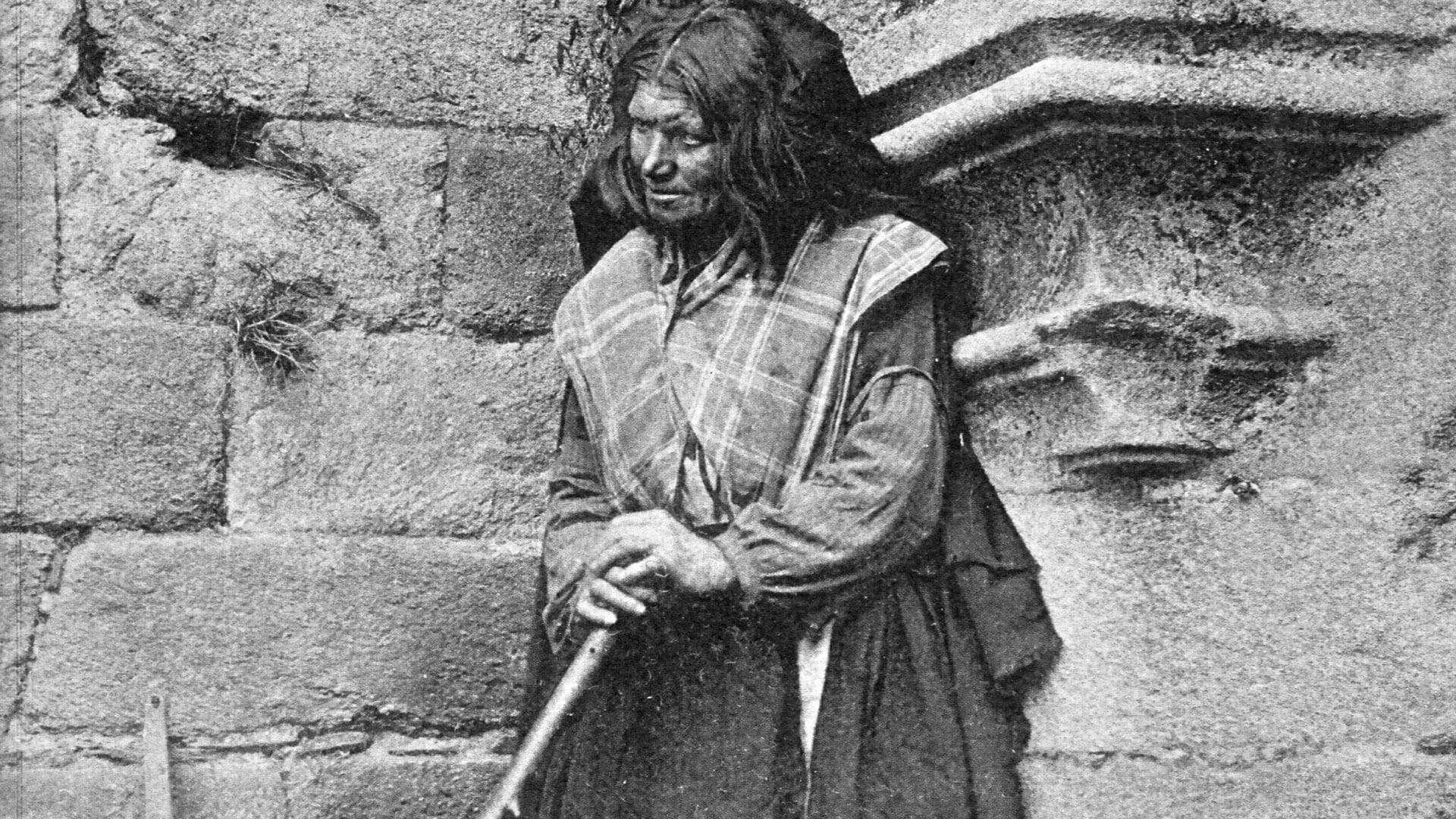Maudat is a concept album: since the beginning of the band, we like to write only concept albums because we think that music and lyrics go hand in hand. Most of the time, I create lyrics before the music and after we put the words on the music. Maybe our music is influenced by words and helps us to give a particular atmosphere to the songs.
This name refers to an old language from the south of France which is called Occitan. It's really difficult to explain because we mix reality and phantasms. Maudat means "spell that is given": it's about sorcery, but a sorcery known in rural areas. Some people think that a person can give a spell to another person. We talk about a sorcery but there's nothing to see with Satanism. This is a sorcery coming from ancient ages and coming from the Earth. So, I've imagined a woman born from the elements who has the possibility to travel into a mythical world. So, I write a lot of situations about this concept.
- Stille Volk interview, Rock Impressions, 2003
STILLE VOLK released their fourth album on this day in 2003.
"Maudat" is a traditional song which we play really tragically.
"Cassandre Sylvestre" is about the powers of the sorceress : from the moon, the earth and the Primordial Mother : musically tragical and festive.
"Orgasme Tellurique" is a pagan hymn, a scream coming from the heart of the elements and the ground: an orgasm between the sorceress and Mother Nature. Musically, it's a very hypnotic, schyzophrenic song.
"Corps Magicien" is about the birth and the youth of the sorceress. Musically, this a complex song with a lot of different rythms and a "Baroque" break.
"Le Roi des Animaux": medieval , medieval, medieval!!!
"La Meneuse d'Ours": emotionnal song about an old legend : the mystic love between the woman and a bear which is a really important figure of our mythology.
"Cart Dera Armas": speed song with an ethereal break. The title is in occitan and refers to a belief in the dead souls met by the woman.
"La Mort des Hommes": medieval song for dancing.
"Le Chant des Faunes": complex song with a lot of breaks : the words are about the mythical travel during a transe.
"Calenda Maia": medieval song from the 12th century written by a troubadour: festive, festive.
- Stille Volk interview, Rock Impressions, 2003
The cover image is taken from a postcard photograph of Naïa, "la sorcière de Rochefort en Terre". Naïa was a notorious character who lived within the ruins of the original Château de Rochefort-en-Terre - since rebuilt - during the late 19th and early 20th century. The sorceress witch was believed to possess the abilities of omnipresence and prescience.
The photograph was taken by author Charles Géniaux who wrote about his meeting with Naïa in an 1899 article and later in the book La Vieille France qui s'en va.

So you want to tell my story in the newspaper and you will draw my face? Tell them that I am not so stupid. I am really powerful, and Gnâmi is more powerful than the Death.
He is the One who can. He is the One who wants. He is the One that nobody can see!

